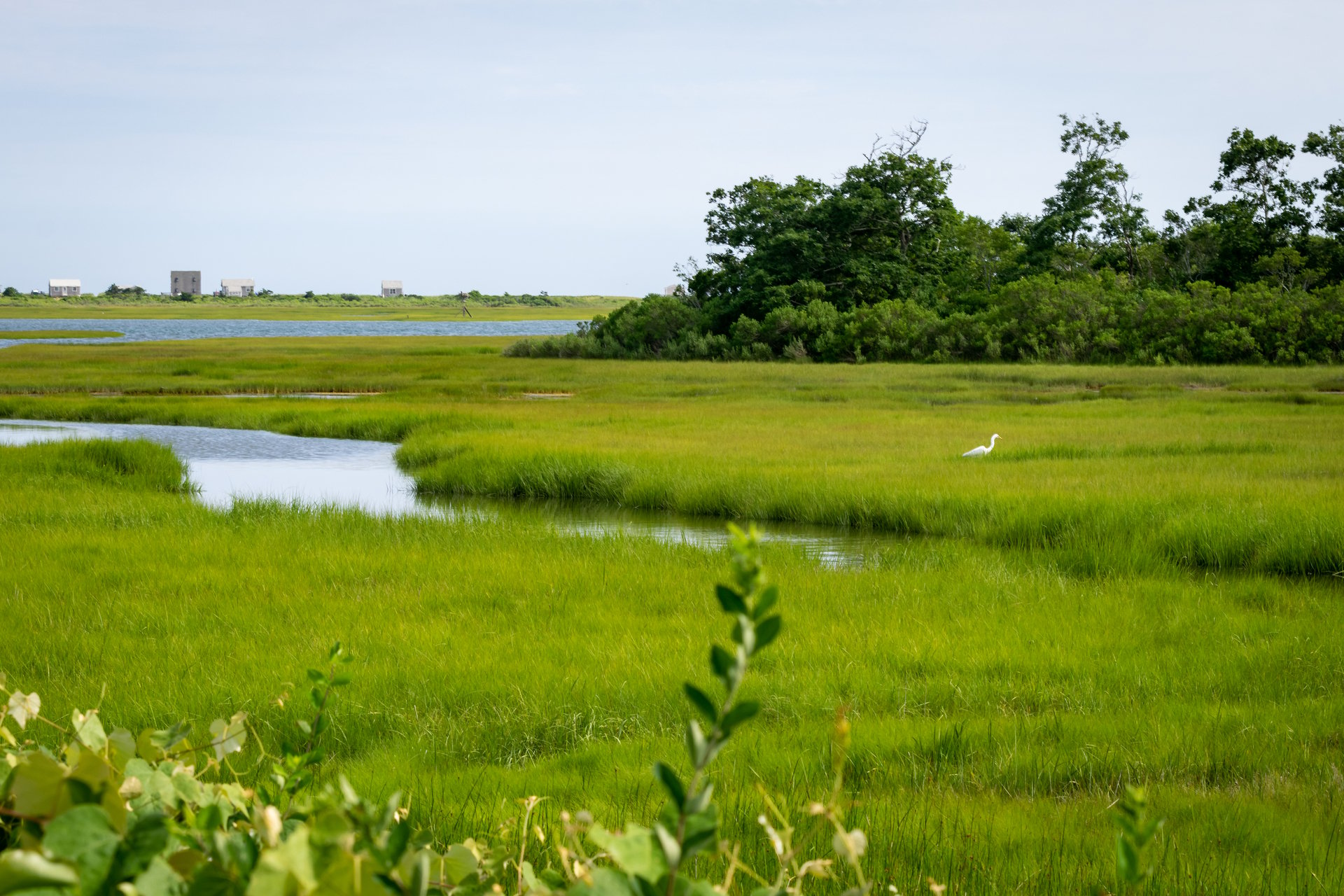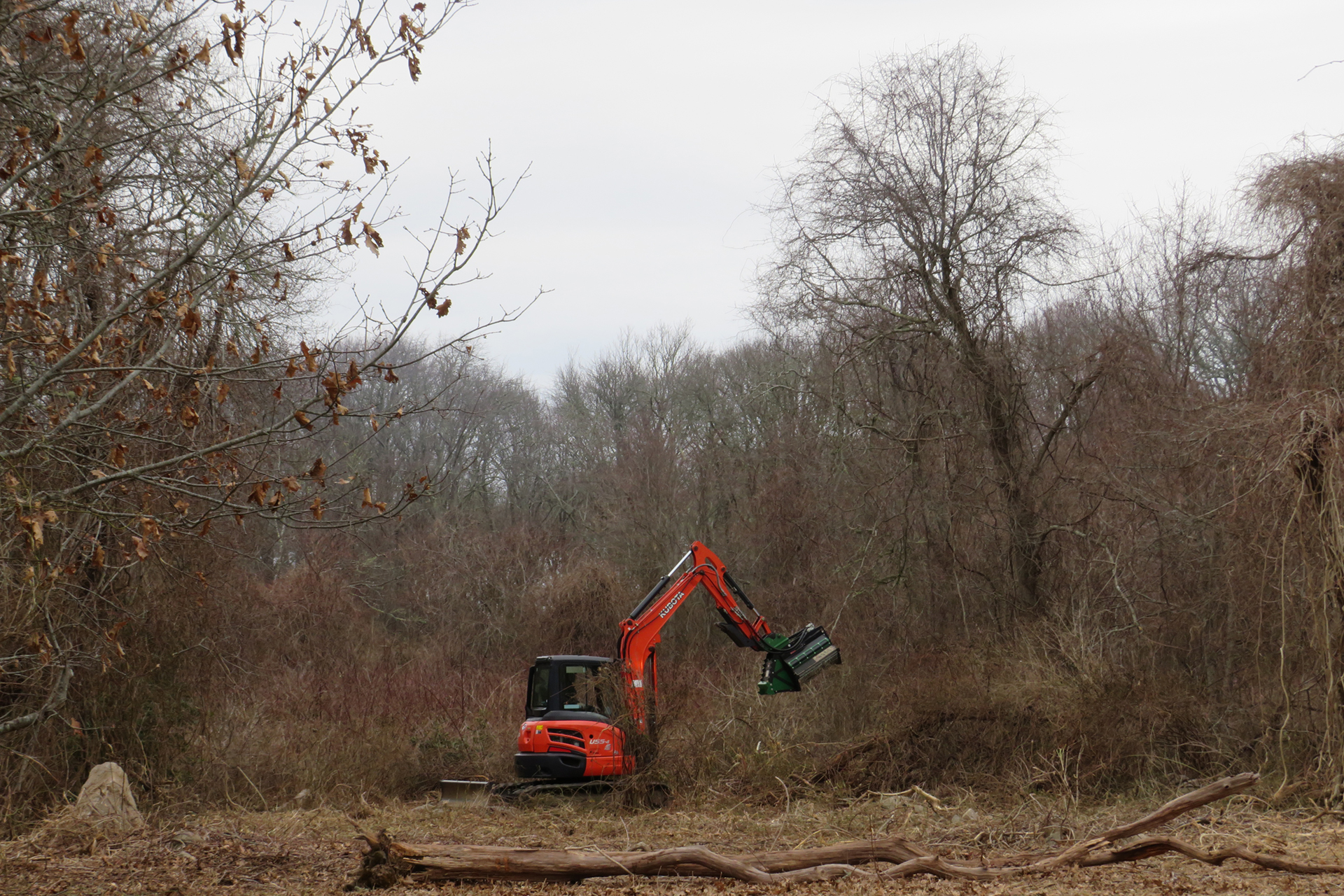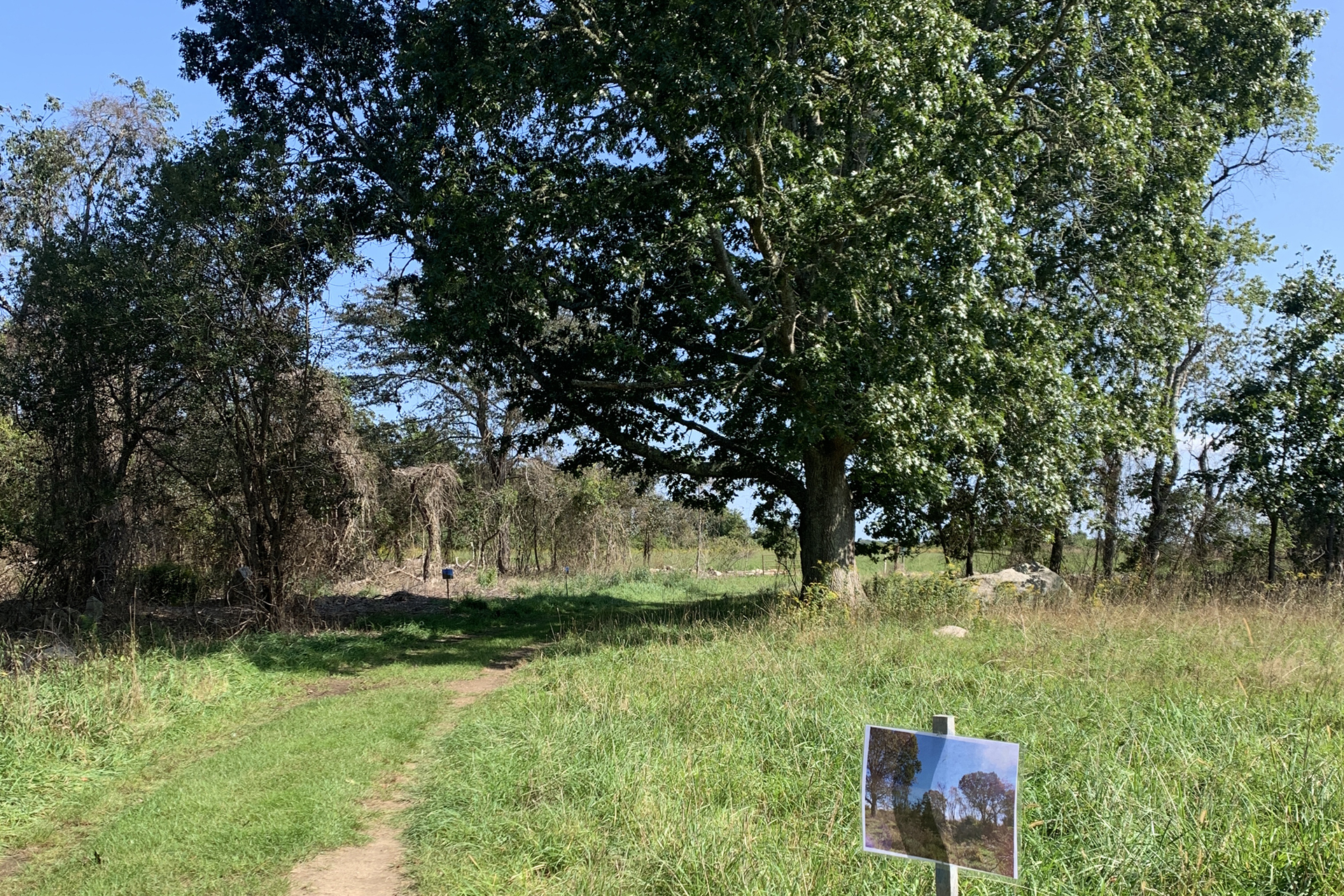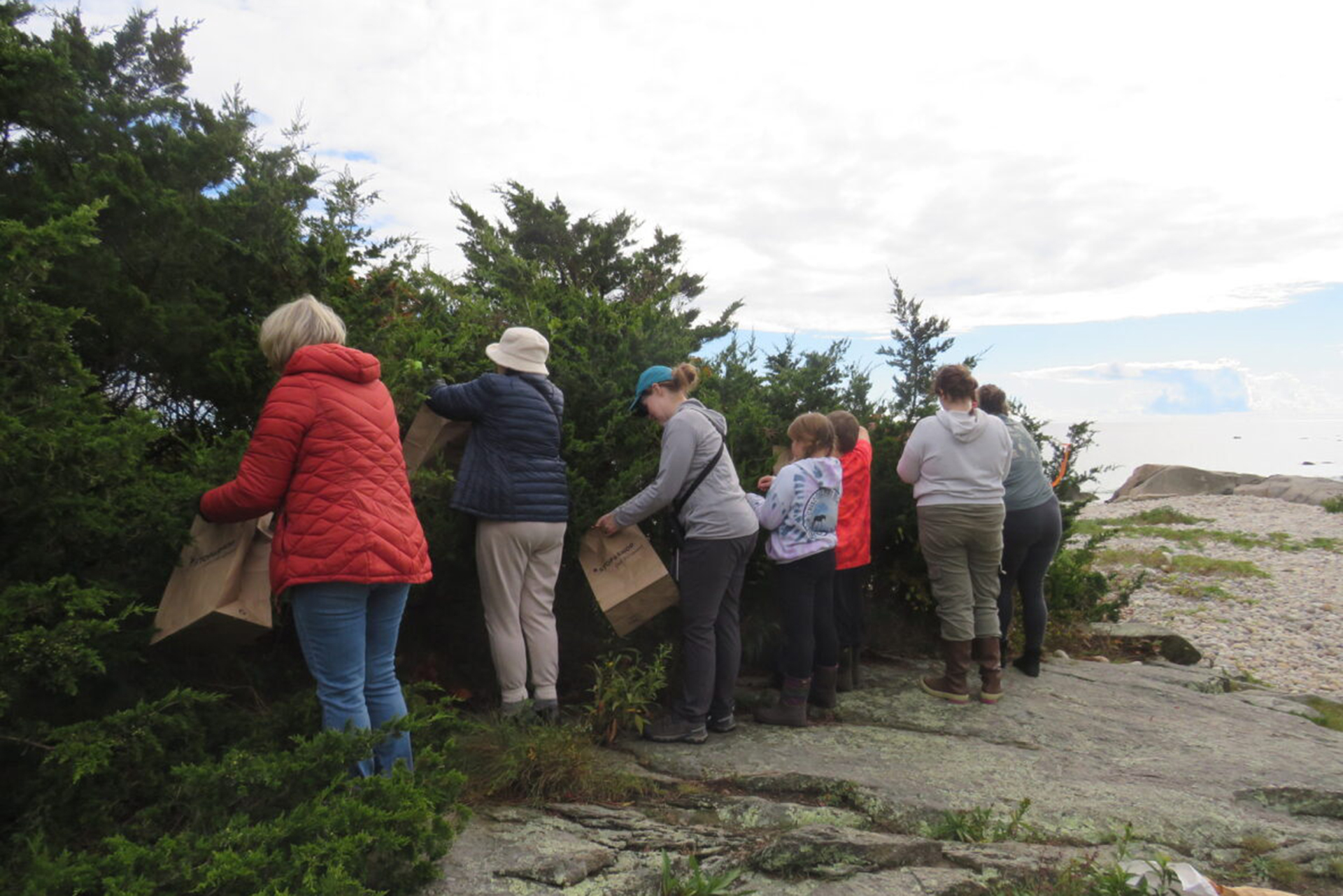With the support of a Mass Wildlife Habitat Management Grant, our team has been restoring 20 acres of coastal shrubland and young forest to increase Allens Pond Wildlife Sanctuary resiliency to the impacts of climate change.
Beginning in January 2023, we had six months to transform a large area of invasive brush into native shrubland and are excited to share our progress with you.
Invasive Species Management
Invasive species are those that did not evolve alongside the ecosystem they now inhabit. Typically, invasive plants were introduced to our area by humans as landscape ornaments or, in some cases, accidentally. Because they did not evolve in our region, the natural mechanisms that normally control these species in their home ranges don't exist. As a result, these non-native plants can out-compete, displace, and kill our native species.
The 20-acre project area was a dense stand of invasive Multiflora Rose (Rosa multiflora), Morrow’s Honeysuckle (Lonicera morrowii), and Asian Bittersweet (Celastrus orbiculatus), and unfortunately sparse with native vegetation. We collaborated with a local contractor to get most of the invasive brush cut and removed with machinery.
In areas that had a majority of native vegetation, we removed invasives by hand using brush cutters, chainsaws, and loppers to avoid damaging the native plants. During a Friday morning workday, the Allens Pond Trail Blazers, a group of dedicated volunteers, cleared an area around a stand of Black Cherry (Prunus serotina)!
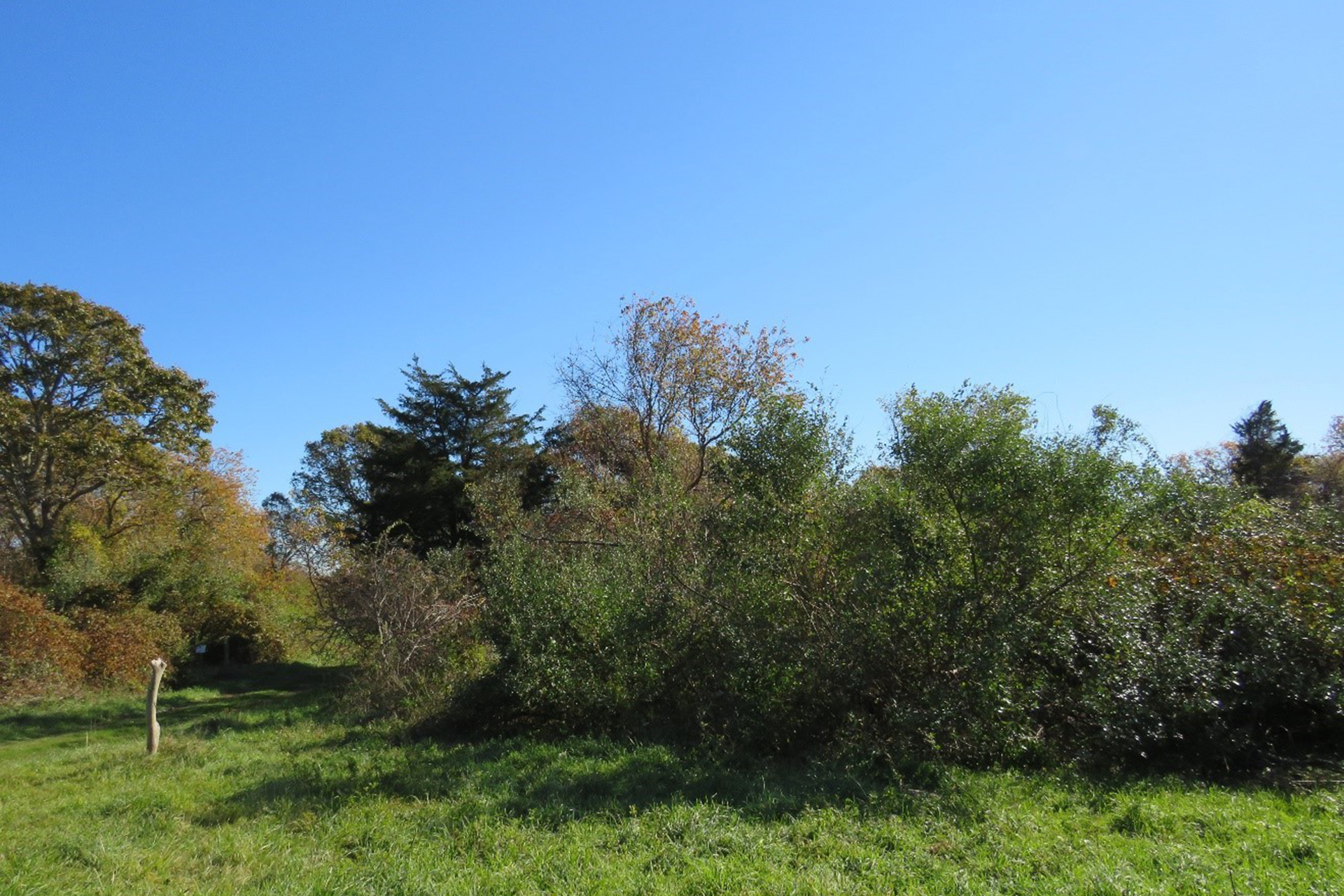
Before
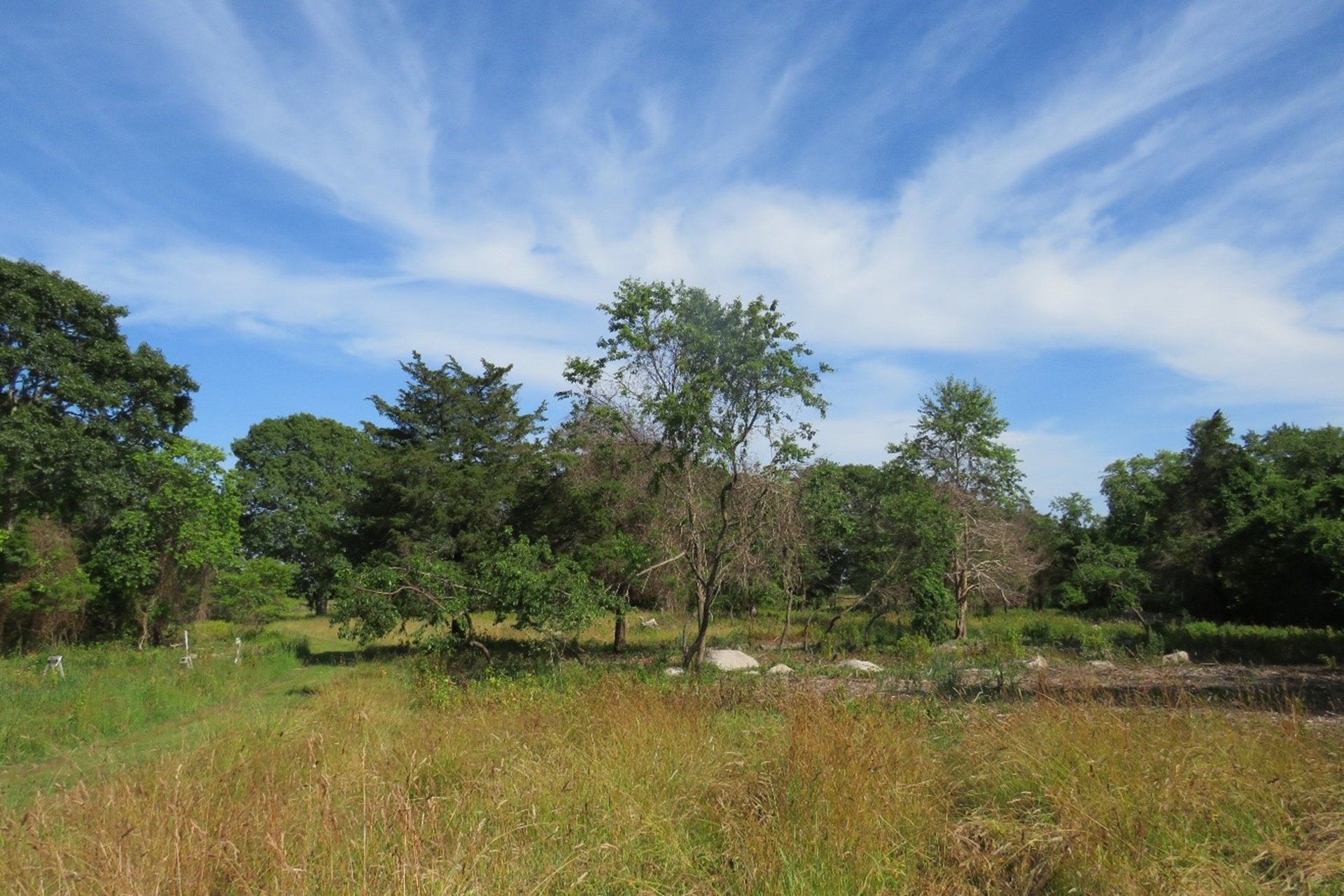
After
Clearing this volume of invasive plants requires an elimination plan for the resulting brush piles; if these brush piles are not discarded in an appropriate manner, the invasive vegetation will regrow. We worked with a local nursery to burn the piles safely and efficiently.
Monitoring Project Impacts
We actively monitored the project area for invasive plants and controlled reemerging invasive plants with herbicide treatments to decrease the risk of these plants reestablishing. We will continue to monitor and manage the project area for invasive plants and work to promote the establishment of native plants.
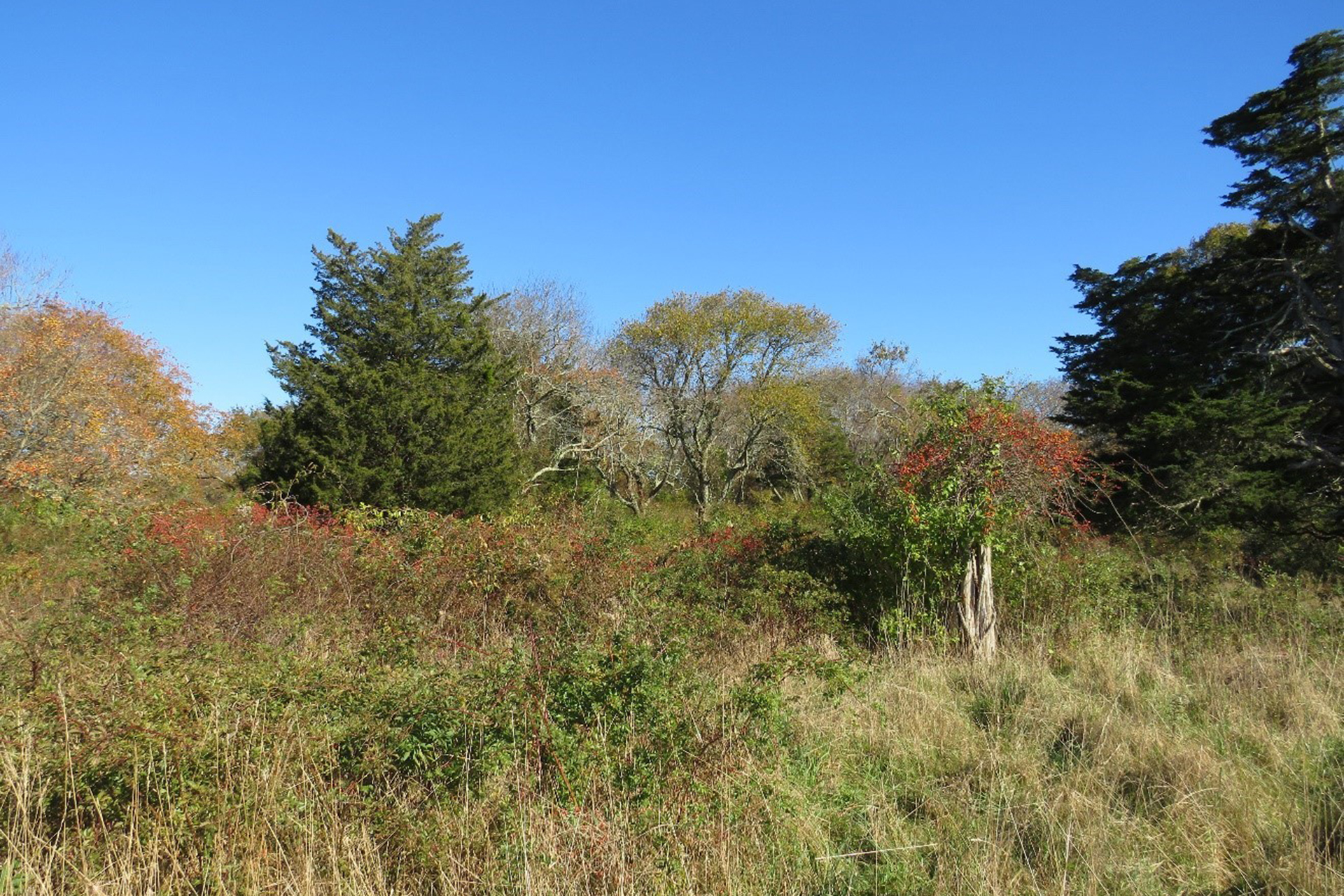
Before
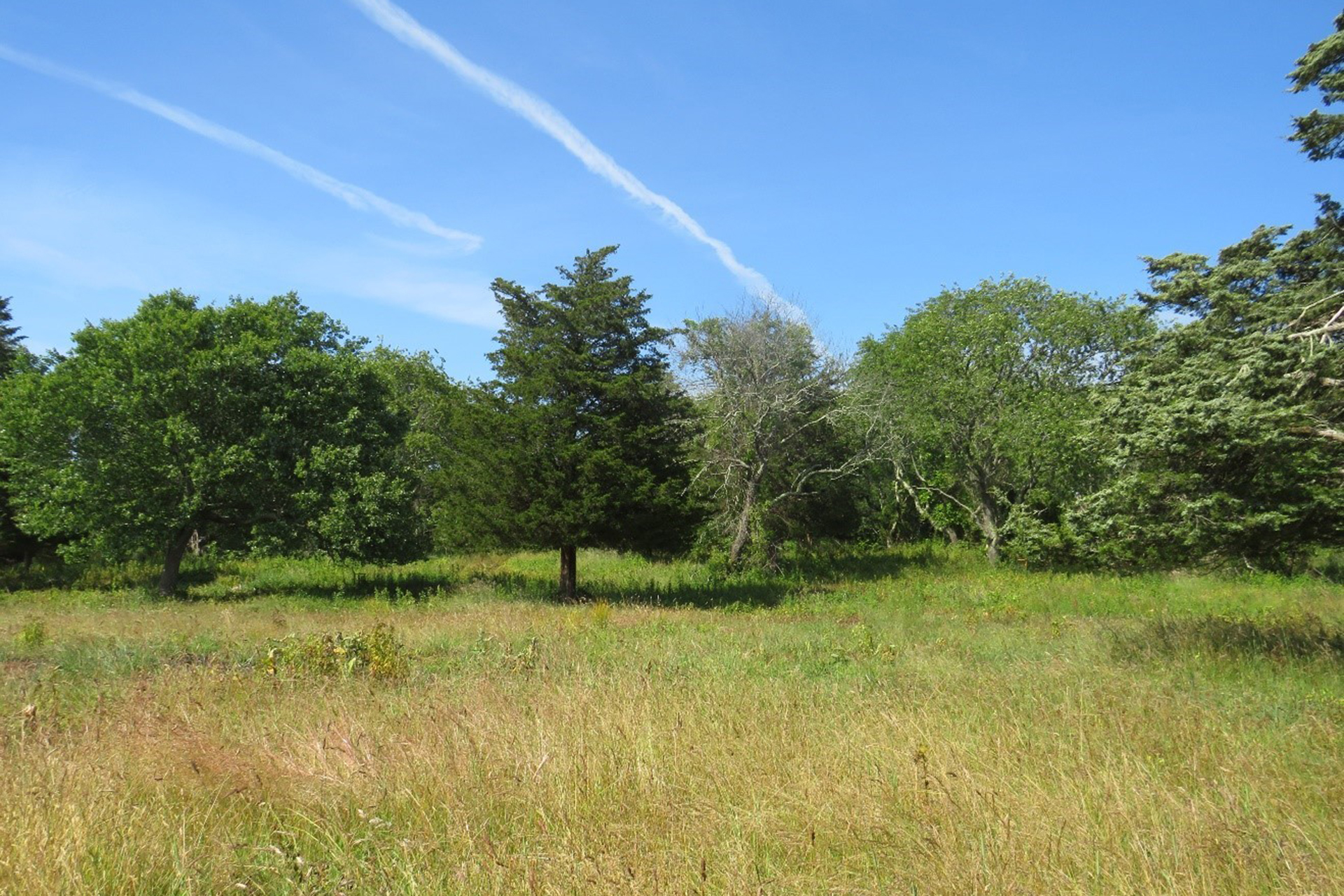
After
You can see the transformation for yourself by visiting the Boulder Loop and Grassland trails at Allens Pond.
Support Native Plant Life at Allens Pond
The transformation of this once degraded area will provide habitat for wildlife, increasing productivity and resiliency as native plants recolonize the area. We spread the seed of several native plants throughout the project area this spring including Deertongue Panicgrass (Panicum cladesinum), Big Bluestem (Andropogon gerardii), and Common Milkweed (Asclepias syriaca) among others.
On October 18 we had 14 volunteers come out with us to collect native seed for this restoration project! These volunteers learned the best ethical practices for collecting native seeds and were taught how to identify a few of our native pollinator plants. We collected seed from Narrow-leaved Goldenrod (Euthamia graminifolia), Seaside Goldenrod (Solidago sempervirens), and Prairie Cordgrass (Spartina pectinata). We will continue to host other volunteer events pertaining to this project so be on the lookout for our volunteer opportunities.



